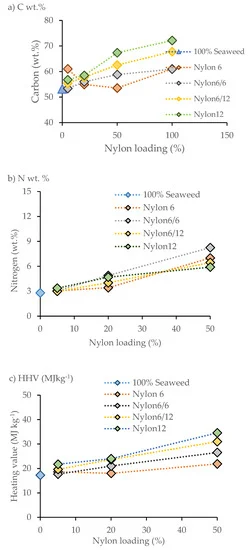Introduction of Nylon Composition
Nylon is a synthetic polymer that plays a crucial role in numerous industries, from fashion to automotive manufacturing. Understanding its elemental composition is essential for appreciating its unique properties and versatile applications. This article explores the elements that make up nylon, how they contribute to its structure, and the impact these elements have on its performance and environmental footprint.

What is Nylon Composition?
Definition and Structure
Nylon is a type of polyamide, a class of polymers known for the presence of amide functional groups (-CONH-) in their molecular structure. These groups are formed by the reaction between a carboxylic acid and an amine, creating a peptide bond. In nylon, these components are derived from petrochemicals, specifically adipic acid and hexamethylenediamine.
Element Nylon Composition
The Core Elements: Carbon, Hydrogen, Nitrogen, and Oxygen
The element composition of nylon includes carbon, hydrogen, nitrogen, and oxygen. Carbon forms the backbone of the polymer chain, providing structural strength and durability. Hydrogen atoms attach to carbon, contributing to the overall stability through single covalent bonds. Nitrogen atoms, found in the amide groups, are key to nylon’s unique properties, while oxygen atoms, part of the carboxylic acid component, play a critical role in forming peptide bonds.
Role of Element Nylon Composition
How Elements Influence Strength, Flexibility, and Heat Resistance
The arrangement of these elements within the nylon molecule gives the material its distinctive characteristics. Carbon provides strength and wear resistance, hydrogen offers flexibility, nitrogen enables hydrogen bonding (resulting in a high melting point and heat resistance), and oxygen contributes to peptide bond formation, crucial for polymerization.
Applications of Nylon Composition
Nylon in Various Industries
Nylon composition makes it highly adaptable, leading to widespread use in several industries. Its strength and heat resistance make it ideal for automotive components like gears and drive belts. In textiles, nylon’s flexibility and abrasion resistance are valued for making hosiery, swimwear, and other clothing items. Its ability to form hydrogen bonds also makes it easily dyeable, enhancing its appeal in fashion.
Environmental Impact of Nylon Composition
Sustainability Challenges and Recycling Advances
Despite its benefits, nylon’s synthetic origin from petrochemicals poses environmental challenges, as it is not biodegradable and can persist for centuries. However, advancements in recycling technology have begun to mitigate this impact, making nylon more sustainable.
Conclusion of Nylon Composition
The elemental composition of nylon—comprising carbon, hydrogen, nitrogen, and oxygen—underpins its strength, durability, flexibility, and resistance to heat. These properties make nylon a versatile material across industries, from automotive to fashion. Understanding the role of each element not only sheds light on nylon’s performance but also highlights the importance of innovations in recycling to reduce its environmental footprint.
Summary FAQ on Nylon’s Element Composition
1.What is nylon?
Nylon is a synthetic polymer, specifically a type of polyamide, widely used in various industries due to its strength, flexibility, and heat resistance.
2. What elements make up nylon?
Nylon is composed of carbon, hydrogen, nitrogen, and oxygen.
3. How do these elements contribute to nylon’s properties?
- Carbon provides strength and durability.
- Hydrogen adds stability and flexibility.
- Nitrogen in amide groups allows for hydrogen bonding, contributing to a high melting point and heat resistance.
- Oxygen is involved in forming peptide bonds essential for nylon’s structure.
4. What are the main applications of nylon?
Nylon is used in the automotive industry for parts like gears and drive belts, in textiles for clothing like hosiery and swimwear, and in the fashion industry due to its dyeability.
5. Is nylon environmentally friendly?
Nylon is not biodegradable and can persist in the environment for centuries. However, advancements in recycling technology are helping to reduce its environmental impact.
